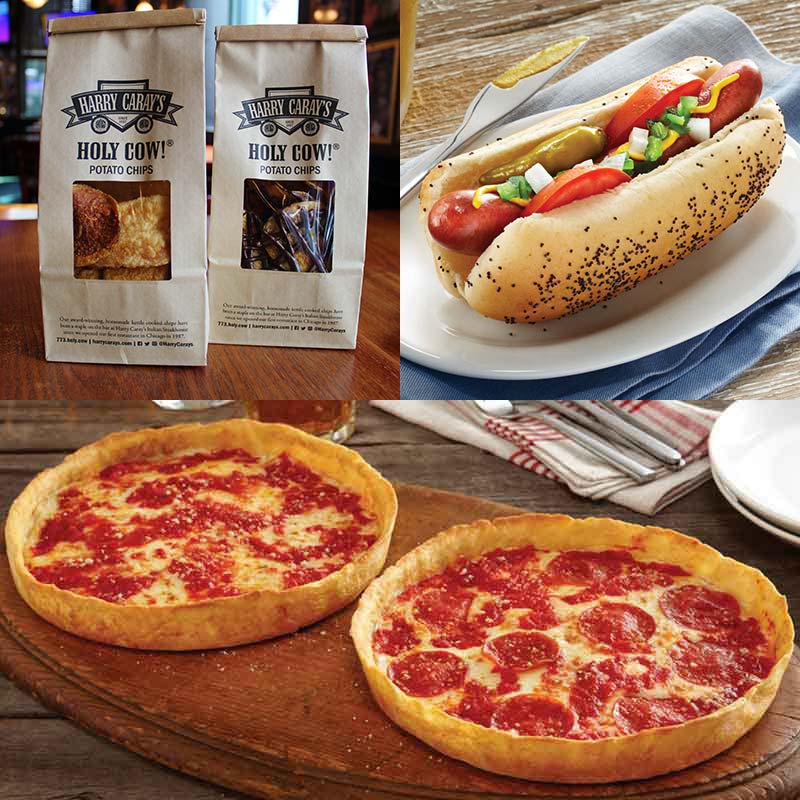
Where to Try It: In the city center, around the Ringstrasse and the old inner imperial city, there are numerous popular street vendors, or wurstelstande, to choose from. Whether in summer or winter, they make an excellent quick snack or simple meal (unless you're a vegetarian or vegan, that is). Many people enjoy the simplicity and lower cost of procuring these goodies from street vendors, slathering them with mustard and gobbling them down right on the street. Served with sharp mustard, they are perfectly accompanied with Austrian potato salad, radishes, spring asparagus, and other fresh vegetables. Simple yet renowned for their flavor, these sausages are traditionally made from both beef and pork, encased in sheeps' intestine. Where to Try It: Some of the best cafes in the capital to enjoy typical Viennese coffee and cake near the city center include Cafe Pruckel, Cafe Landtmann, Cafe Central, Cafe Hawelka, and Cafe Ritter.Ĭaro Kaiser/Wikimedia Commons/ (CC BY-SA 4.0) Meanwhile, you can also enjoy local specialties with dramatic names: the Franziskaner (Franciscan monk) is similar to a melange but is topped with whipped cream rather than foamed milk, while a Mozart is a true dessert in its own right: a double espresso served with a big mound of whip cream and served with a small glass of sherry. Cappuccinos in Austria are generally topped with whipped cream, rather than milk. If you're looking for an Americano, ask for a verlängerter (literally, "longer") plain coffee with cream is a brauner, and an espresso or double espresso is referred to as a schwarzer. The famed Viennese melange, similar to a cappuccino but usually without cocoa powder, is topped with half hot milk and half foamed milk. Cafes sprung up all around the city in the 18th through 20th centuries and have become fixtures of cultural and culinary life in the Austrian capital.

Like Paris and Rome, Vienna is a European coffee capital. Johnny Saunderson/Wikimedia Commons/ (CC BY-SA 4.0) Kaffe Alt Wien is also reputed for its delicious strudels. Otherwise, try sitting in at local favorites such as Cafe Aida, with its retro-pink signage and 1950s-style interiors. Many, especially those bakery-cafes with eating-in options, will even warm them up for you. Where to Try It: Pop into any local bakery to find it. Strudels can also be found filled with other varieties of fruits, including berries and apricots. It's absolutely delicious accompanied by Viennese coffee or black tea. Often, the strudel is garnished with breadcrumbs mixed with nuts and dusted with powdered sugar. It's typically made with light, crisp pastry dough that's stretched thin and filled with apples, sugar, raisins, lemon, rum, cinnamon, and cloves. Sold in bakeries, cafes, and restaurants around Vienna, this is a delicate counterpoint to the slightly heavier (and generally sweeter) American apple pie. Finally, for vegetarians who don't want to miss out on this iconic Austrian dish, Restaurant Landia (Ahornergasse 4) is coveted by non-meat eaters for its reputedly delicious veggie schnitzel.Īnother Austrian delicacy loved around the world, apple strudel gained popularity around Eastern Europe under the influence of the Habsburg empire.

Meanwhile, Schnitzelwirt serves some 15 varieties of schnitzel including pork, chicken, and turkey.

Where to Try It: Figlmuller Wollzeile is a casual sit-down restaurant in the city center that's considered one of Vienna's best spots for schnitzel. A cold Austrian lager or glass of local Gruner Veltliner white wine makes an excellent accompaniment. Typically garnished with lemon and fresh parsley, it's often served with a simple salad with vinaigrette, Austrian potato salad (see more below), and steamed potatoes or French fries. Simple yet delicious, it's a huge crowd-pleaser, and even kids tend to love it. Made from a thin veal cutlet that's breaded and then pan-fried in butter or oil, schnitzel is cheerfully served in restaurants and eateries around the capital. One of Austria's national dishes, Wiener schnitzel is certainly its most successful export.


 0 kommentar(er)
0 kommentar(er)
